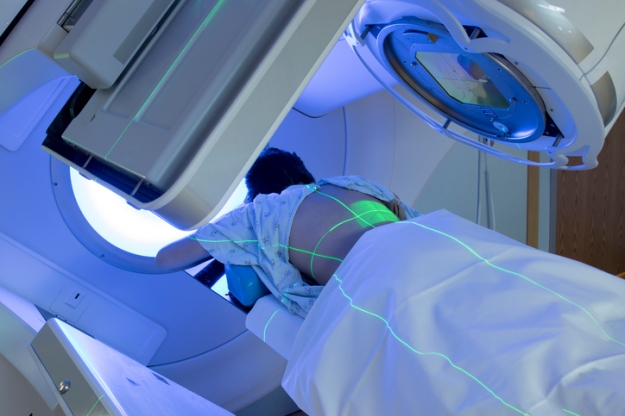Bone Cancer is a relatively rare form of cancer which accounts for about 0.2% of all cancers in the United States. There are many different kinds of bone cancer, but they are usually divided into cancer which starts in the bones (primary) or cancer which spreads into the bones from another part of the body (secondary).
The American Cancer Society recently estimated that there will be 3,450 new cases of bone cancer diagnosed in the USA this year. In this article, we will briefly highlight the different forms of bone cancer.
Primary
Primary bone cancer is a form of cancer which starts in the bones, but it is a very rare condition. The most common types of primary bone cancer include:
- Osteosarcoma – which usually affects the tissues of the knee and upper arm. This condition is most common in 10-19-year-olds and people over the age of 40.
- Chondrosarcoma – usually presents itself in the cartilage of the pelvis, upper leg, and shoulder of people over the age of 40.
- Ewing Sarcoma Family of Tumors – can arise in the bone or soft tissue of the backbone, pelvis, legs, and arms. This condition is more likely to affect Caucasian children and adolescents.

Secondary
Secondary bone cancer occurs when cancerous cells in another part of the body get into the bloodstream or lymph system. When this happens, the cancerous cells can attack any part of the musculoskeletal system.
Any form of cancer can spread to other areas of the body, but some are more aggressive than others such as:
- prostate cancer
- lung cancer
- breast cancer
- thyroid cancer
Symptoms
The most common symptoms of bone cancer are pain and swelling in the affected area; you may also have mobility issues or notice weakness in the joint.
It is possible that other symptoms might present themselves such as fatigue, fever, and weight loss, but these are less common.
If you notice any lumps and any of the symptoms above, then it is important to get checked out immediately. In some cases, the lump may actually be a non-cancerous growth and nothing to worry about.
Risk Factors
It is still not clear why bone cancer develops in most patients, but studies have shown some risk factors for particular patients. However, it is important to be clear that this isn’t true of all patients.
- Growth Spurts – The reason why children and adolescents are at risk from Osteosarcoma is due to the extreme changes their bodies go through during puberty.
- Paget’s Disease – some patients with this condition may be at increased risk
- Li-Fraumeni syndrome – this rare genetic condition can increase the risk of developing certain forms of cancer such as Osteosarcoma.
Treatment
The type of treatment will depend on the kind of cancer and whether cancer has spread. Treatment usually consists of a variety of approaches such as specific medication, surgery, chemotherapy, and radiotherapy.
The treatment aims to avoid cancer spreading and allowing the patient to enjoy a better quality of life. Generally, if the cancer is caught early and the patient is in good health, then the outlook is positive.
https://www.cancer.org/cancer/bone-cancer/about/key-statistics.html
